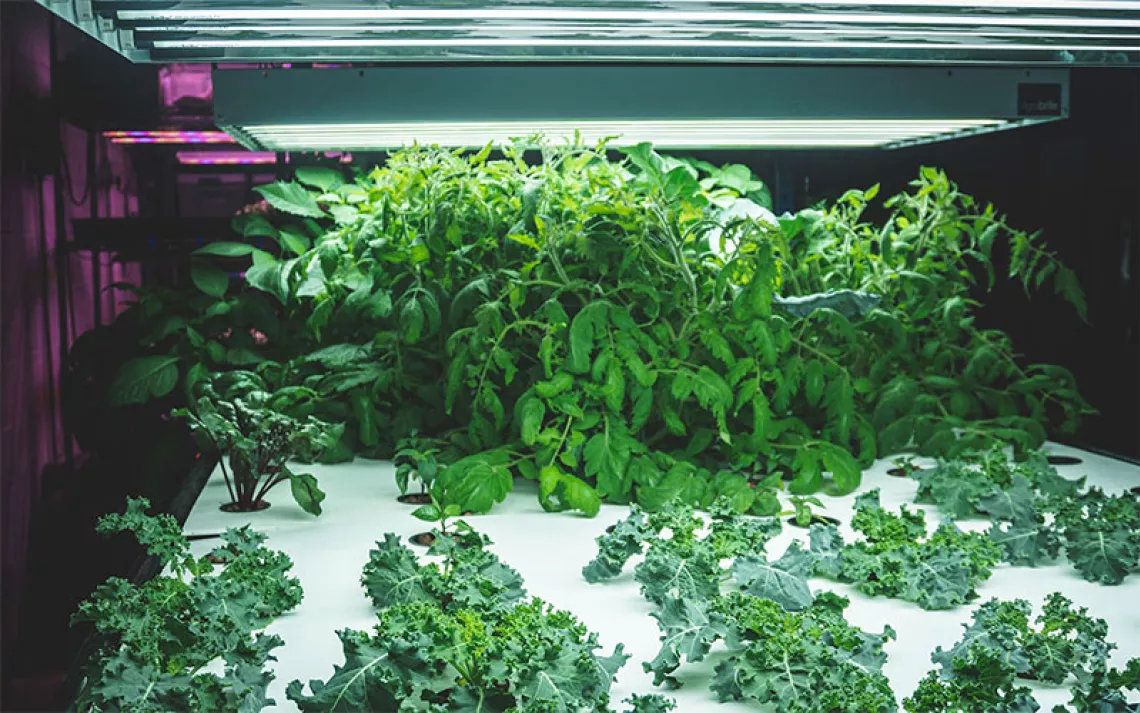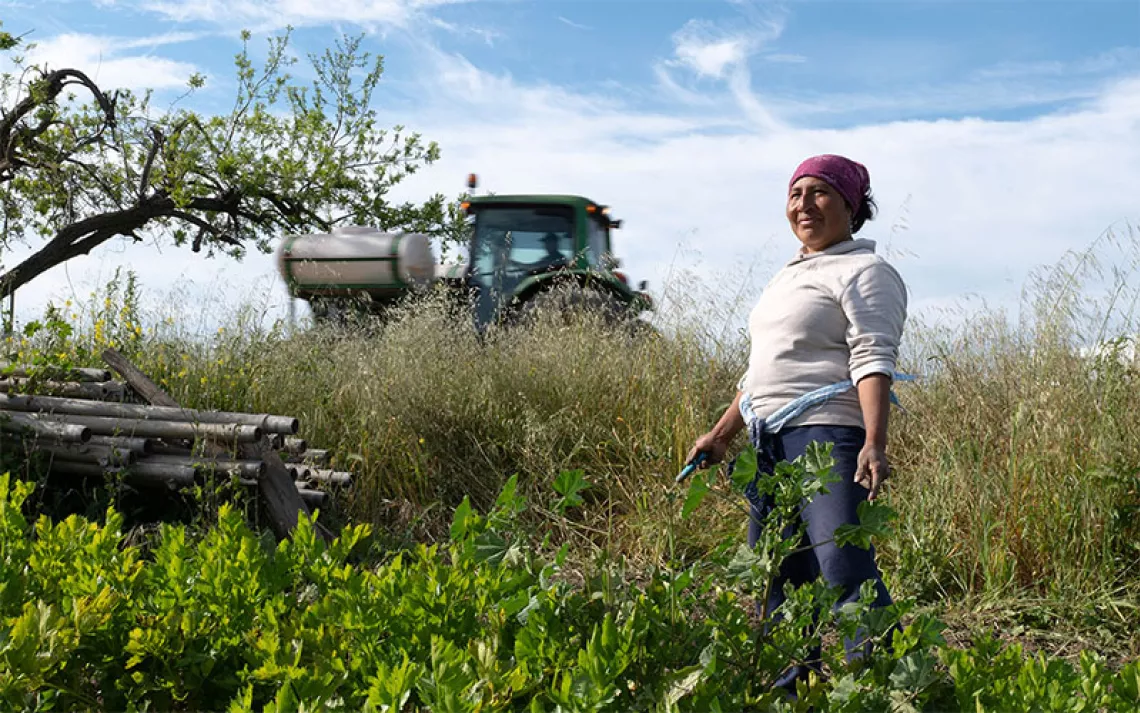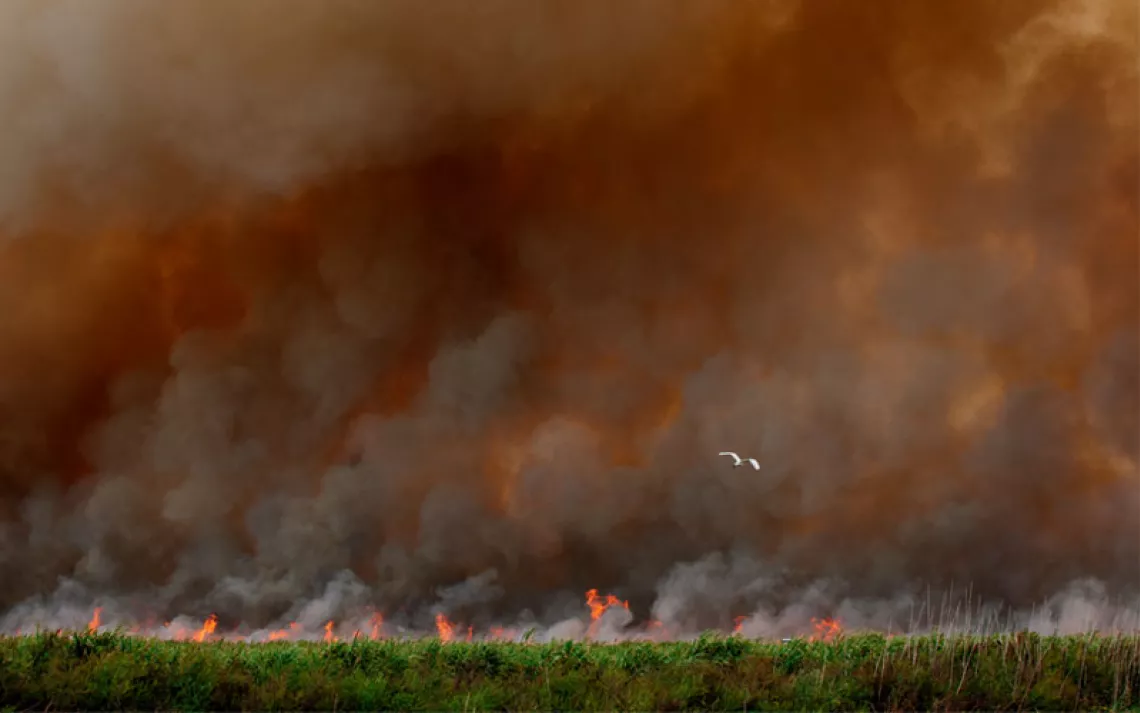In Praise of Dandelions and Ragweed
In “Lives of Weeds,” agronomist John Cardina explodes myths about weeds and humanity

Dandelions are one of the key stars of the book Lives of Weeds. | Photo by Larysa Pashkevich
To the Europeans of the mid-1600s, the dandelion was an ideal plant—edible, aesthetically pleasing, and very good at making more of itself. Colonists not only brought it with them to North America but also razed native grasses to promote its growth. Today it’s seen as a weed, a status that makes it one of the stars—along with Florida beggarweed, yellow nutsedge, ragweed, and giant and yellow foxtail—of Lives of Weeds: Opportunism, Resistance, Folly, by John Cardina, a professor of horticulture and crop science at Ohio State University.
At times a scientific study, at other times a personal memoir, and filled with quick-witted observations, Lives of Weeds is a shining example of how nature writing can spark new conversations about our relationship to plants. Cardina’s lived experience as an ecosystem management researcher, a former Peace Corps member, and an NGO employee surfaces often as the book weaves together natural history spanning nearly five centuries, grisly tales of fieldwork and struggles with international organizations, and conversations with farmers with their own ideas of what is a pest and what isn’t. More than anything, Lives of Weeds drives home the point that weeds are a human construct.

Throughout history, different places and cultures have favored some plants and rejected others. Some plants are so similar that they were confused with others (velvetleaf was often mistaken for hemp) and accidentally cultivated due to their unique adaptability to disparate environments. Others thrived on exclusion from other plants, like the ragweed that flourishes in previously uncolonized (in plant terms) territories. And still others, like the giant and yellow foxtail, came into their own after the intensification of chemical pesticides cleared the way for them to expand. Caught between commercialization and obliteration, weeds remind us of our own social relations. They aren’t so different from the humans who have stumbled into their own starring role in landscapes that once hosted a panoply of species.
Sierra magazine recently spoke with Cardina about how an agronomist comes to see things from a weed’s point of view.
Sierra: How did the idea for this book come about?
Dr. John Cardina: I started out as an English major in college, so I modeled it after the kinds of writing that I like to read. Originally, I was writing a really “weedy” college textbook, and I wanted it to be for a general audience. My wife is a sociolinguist—she would say, “Really the book is about you, and you’re coming to understand weeds in a different way.”
What is something you think is widely overlooked in weed research?
There’s a human fascination technology that sort of overlooks common sense. Sometimes we forget that if you find a solution, like a chemical that looks like it’s effective, or use the latest cultivation equipment, we think, “Okay, finally we have this problem solved.” In the process we forget that these are biological beings—they’re going to respond.
I have talked to farmers about this and said, “If I could give you a world where there were no weeds, would you want it?” A lot of times they say no! They’re putting a lot of money into controlling them, but they recognize that they are important pollinators, they provide habitat for animals and provide a lot of other benefits. There’s also potential there. They’re genetic experiments, so there are genes there that might be useful to us in other ways.
Weeds are the product of human and plant interaction. We can see them as a problem, or we can say, “Actually, maybe there are some good things.”
How do you see weed research developing in the future?
Biological control is still the most reasonable place to be to be working because we can use biology, and it also involves human behavior on how we manage the landscape. There’s not a good profit motive behind that, so it’s really hard to get funding.
Some of the best things that we could do, we can’t get funding to study. In the book, farmers and researchers are attracted to technological solutions—the new chemical technology—when the problems were really about human behavior: overuse of a pesticide leading to pest resistance.
It really puts a constraint on creativity. To be successful, a request for funding has to fit with current trends in what is considered novel or fashionable. Equally worthy, less trendy research can be left behind. Speculative digital-nano-genetic-oriented research will get more attention than practical dirty-boot fieldwork, though both may have equivalent impact
What do you hope readers gain from Lives of Weeds?
I want readers to gain an appreciation for their own connectedness to the natural world, and to consider their own choices and behaviors that could put less pressure on it. Individuals, and in fact whole societies, have made decisions to live full vibrant lives without inflicting such environmental harm. I also want readers to understand that they have power, in daily life choices, to reduce their contribution to atmospheric carbon, resource extraction, and so forth.
I don’t tell people how to live their lives. But a good place to begin is with what you eat. As the book shows, food—in fact the whole food system—is connected to the natural world. And one connection is through weeds.
 The Magazine of The Sierra Club
The Magazine of The Sierra Club



